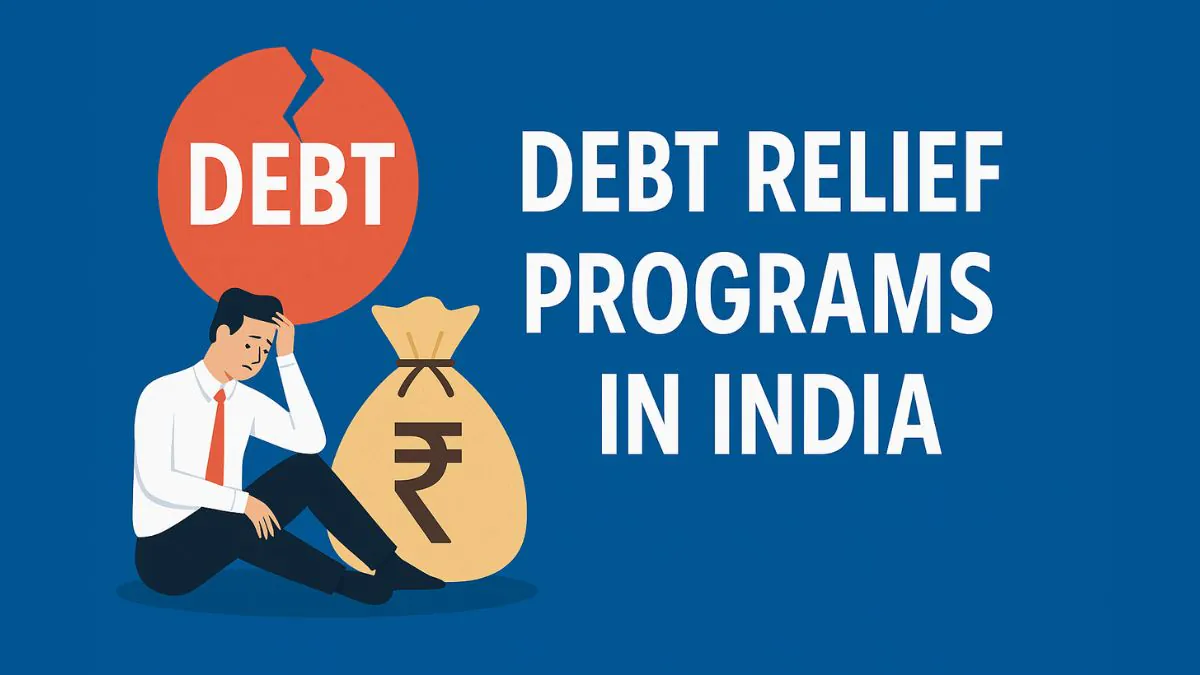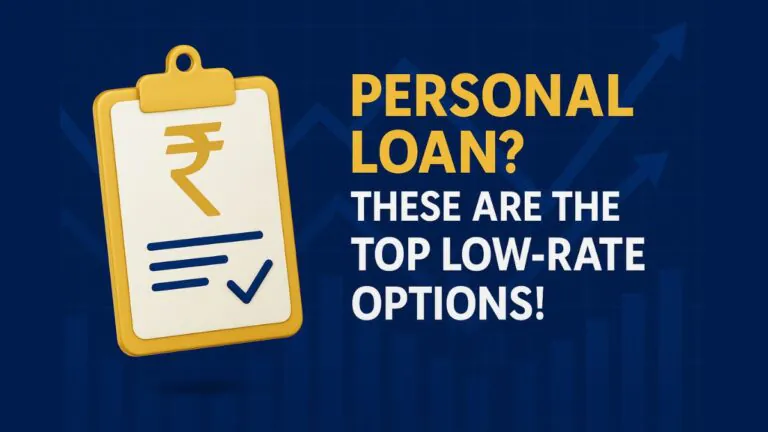Exploring Debt Relief Programs: Are They Right for You?

Table of Contents
ToggleShare this article ↷
Debt can feel like a heavy bhaari burden, especially when EMIs pile up and savings vanish faster than chai during a monsoon. For many Indians, debt relief programs promise a way out of this financial tamasha. But are they the right fix for your money troubles? Let’s break it down in simple terms, with a desi twist, to help you decide.
Read also: Debt Consolidation Loans for Bad Credit – How They Help
What Are Debt Relief Programs?
Debt relief programs are plans designed to reduce or manage your debt when you’re drowning in loans or credit card bills. These can include debt settlement, consolidation, or even government-backed schemes. In India, options like the Insolvency and Bankruptcy Code (IBC) from the government or private debt management services are gaining traction. The idea? To lighten your load and stop those duniya bhar ke calls from collection agents.
The Good Stuff: Pros of Debt Relief Programs
First, these programs can lower your debt amount. Imagine negotiating with lenders to slash that 50,000-rupee loan to something more sasta. Debt settlement can do that! Second, they often combine multiple debts into one EMI-less headache, more clarity. For example, consolidating your credit card dues and personal loans into a single payment can feel like a jugaad solution to messy finances.
Government schemes, like those listed on RBI’s official site, sometimes offer relief for small borrowers, especially farmers or micro-business owners. Plus, if you stick to the plan, you might avoid legal jhamela like bankruptcy notices. Who doesn’t want peace of mind over paisa stress?
The Not-So-Good Stuff: Cons to Watch Out For
But hold your ghodas! Debt relief isn’t all maska. For one, it can dent your credit score-think of it like a daag on your financial report card. Lenders might see you as risky later when you need a home loan. Also, some private companies charge hefty fees-paisa phenko, tamasha dekho style. And if the program fails? You’re back to square one, with extra tension.
Tax issues are another masala. Forgiven debt might count as income, meaning you could owe taxes. Check the Income Tax India site for clarity-don’t get caught off guard!
Personal Finance Angle: Do They Fit Your Budget?
Here’s where personal finance comes in. Debt relief works best if you’re serious about fixing your spending habits. If you’re still splurging on shaadi-level shopping while enrolled, it’s like pouring water into a leaky bucket. Look at your income-say, 30,000 rupees monthly-and your expenses. Can you afford the program’s fees or adjusted EMIs? If yes, it might be your ticket out. If not, simpler budgeting might be the smarter tadka.
Are Debt Relief Programs for You?
Ask yourself: Is your debt bhaari (over 1 lakh rupees) and unmanageable? Are creditors knocking daily? If yes, a debt relief program could be your bhai ki baraat-a loud, messy, but helpful rescue. But if you owe less and can tweak your kharcha, DIY budgeting or a small loan from family might save the day without the drama.
Key Takeaways
- Debt relief programs can cut debt and simplify payments, but they’re not free maza.
- They might hurt your credit score and come with fees or tax surprises.
- Pair them with solid personal finance habits for long-term fayda.
- Research options like IBC on Government of India portals before jumping in.
So, what’s your take? Have you tried a debt relief program, or are you still figuring out your paisa plan? Drop a comment below-let’s chat and help each other out!
Disclaimer
Well Returns is not a financial adviser. The content provided here is for informational purposes only and is intended to offer a brief overview and general knowledge. It is not a substitute for professional financial advice. Please consult a qualified financial adviser before making any financial decisions or investments.






